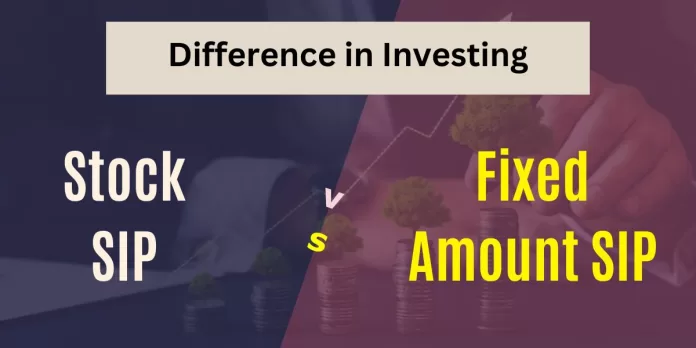In financial markets, picking the right investment plan is like choosing the best route on a financial map. Investing in the stock market involves strategic decision-making, and two popular approaches are the Stock Systematic Investment Plan (SIP) and Fixed Amount SIP. In this analysis, we delve into the past 10 years of the Nifty Bank Index, employing a 50 Simple Moving Average (SMA) on weekly charts to identify 16 significant dips. Our exploration begins in January 2013 and extends to November 2023.
Stock SIP: A Tactical Approach
Utilizing the 50 SMA, we identified key dips and assumed an investor purchased 100 shares of Bank Bees during each dip. The investment amount was calculated as the Average purchase price (APP) of a single BankBees share (APP= (Open + Close) / 2) multiplied by the number of shares bought (100). A dip was deemed significant only if it touched the 50 SMA after 10 consecutive candles or two months post the previous dip.
The resulting analysis portrays a compelling scenario. The total investment over the 16 dips amounted to Rs 3,92,430, with an average price of Rs 245.27 per BankBees. As of the latest data, with the BankBees price at Rs 450.75 (closing price of Nov 15, 2023), the current investment value stands at Rs 7,21,200, resulting in an impressive return of 83.78%.
Fixed Amount SIP: A Consistent Approach
In the fixed amount SIP strategy, all parameters remain the same as the Stock SIP, with the only difference being the investment approach. Instead of buying a fixed number of shares, the investor commits a fixed monetary amount during each dip.
In this approach, the investor consistently invested Rs 10,000 during each dip, accumulating a total of 811 shares over the 16 dips. The total investment reached Rs 1,60,000, with an average price of Rs 197.28 per BankBees. As of the latest data, the current investment value stands at Rs 3,65,567.52, resulting in an outstanding return of 128.48%.
The table below includes all the required calculations for both Stock SIP and Fixed Amount SIP approaches, providing a comprehensive overview of their respective investment performances.
| BankBees Investment Analysis | Stock SIP | Fixed Amount SIP |
| Investment Per Dip | 100 BankBees | Rs 10,000 |
| No. of Shares Accumulated | 1600 | 811 |
| SIP Total Investment | Rs 3,92,430 | Rs 1,60,000 |
| SIP Average Price | Rs 245.27 | Rs 197.28 |
| BankBees Price Now | Rs 450.75 | Rs 450.75 |
| Investment Amount (Current) | Rs 7,21,200 | Rs 3,65,567.52 |
| Returns Made | 83.78% | 128.48% |
Read: Simplifying Systematic Investment Plan!
Although, both Stock SIP and Fixed Amount SIP strategies have proven to be profitable over the analysed period. However, the Fixed Amount SIP strategy outperformed Stock SIP, yielding a higher return of 128.48% compared to 83.78%.
The disciplined approach of investing a fixed monetary amount during each dip resulted in a more robust portfolio, especially evident during the challenging market conditions in March 2020. In the March 2020 market downturn, the Fixed Amount SIP strategy, with an average price of Rs 163.61 per share, yielded a profitable Rs 22.20 per share, while Stock SIP incurred a slight loss of Rs -2.17 per share at an average price of Rs 187.98. Despite the dip, the Stock SIP’s loss represented just -1.16% of the total invested amount, demonstrating resilience and remaining below the threshold for most investors.
Conclusion
Investors must consider their risk tolerance, investment goals, and market outlook when choosing between Stock SIP and Fixed Amount SIP. Both approaches provide unique advantages, and the choice ultimately depends on individual preferences and market conditions.
By employing these systematic investment strategies, investors can navigate the complexities of the stock market, making informed decisions that align with their financial objectives. The key takeaway is the importance of consistency, strategic planning, and a thorough understanding of market trends for successful long-term investing.
Know More:


